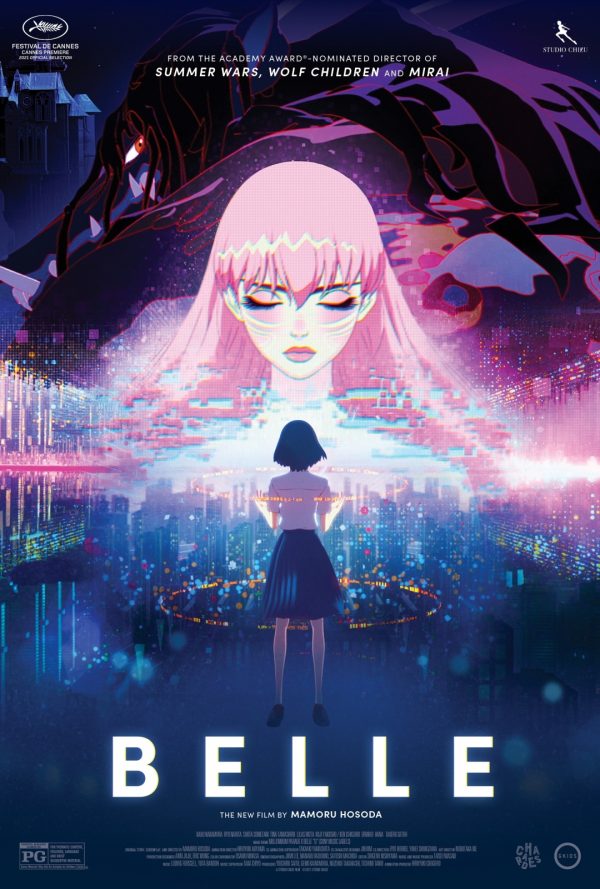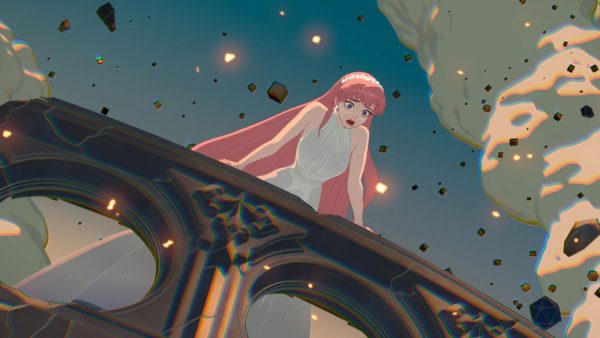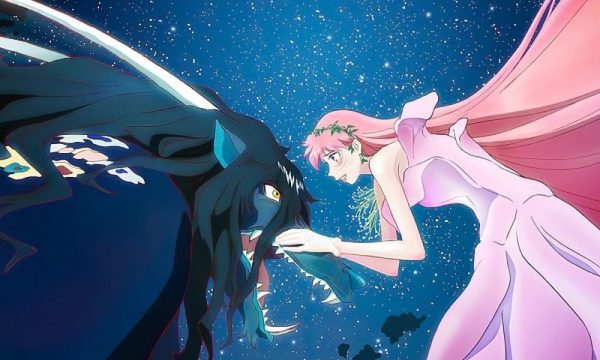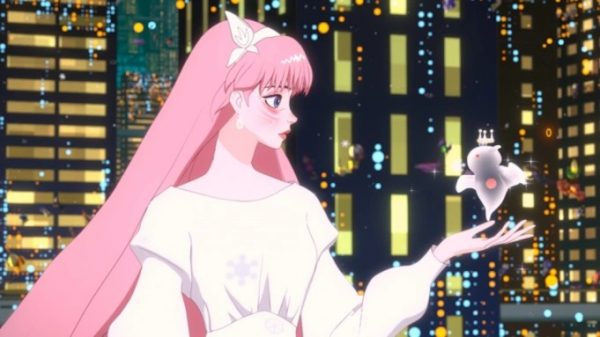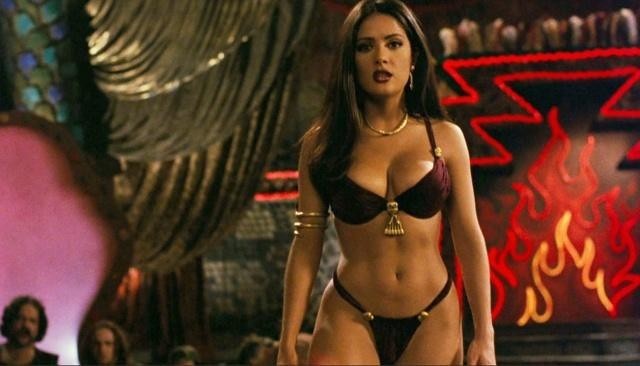Belle, 2021.
Written and Directed by Mamoru Hosoda.
Featuring the voice talents of Kaho Nakamura, Takeru Satoh, Tina Tamashiro, Shota Sometani, Ikura, Ryo Narita, Toshiyuki Morikawa, Kenjiro Tsuda, Mami Koyama, Mamoru Miyano, Sachio Nakao, Fuyumi Sakamoto, Ryoko Moriyama, Yoshimi Iwasaki, Michiko Shimizu, Koji Yakusho, ermhoi, and Ken Ishiguro.
SYNOPSIS:
Suzu is a shy high school student living in a rural village. For years, she has only been a shadow of herself. But when she enters “U”, a massive virtual world, she escapes into her online persona as Belle, a globally-beloved singer.
Belle isn’t just a remake done right or repurposing ideas from Beauty and the Beast because revered anime writer and director Mamoru Hosoda doesn’t know what else to do. No, this animated feature goes beyond looking to the classics for inspiration, choosing to borrow some basic concepts and centerpiece moments with not only their own unique approach but re-contextualized inside entirely different narratives that speaks to altogether different themes, times, and viewers. It’s a full-blown, visually mesmerizing, and heart-stealing crowdpleaser (it did win the Audience Award at the Chicago Critics Film Festival) with cerebral sentimentality.
The story follows high schooler Suzu (terrifically voiced by Kaho Nakamura, nailing the complex duality of the character) still grieving the mother she lost roughly a decade ago. “Why did my mom decides saving someone else’s life was more important than being here in mine,” a loose quoting of something Suzu asks herself, perpetually stuck in the pit of depression, unable to get back into the groove of her passion, singing. Suzu’s polar opposite outspoken computer whiz friend Ruka (voice of Tina Tamashiro) lightens the mood as they observe the daily ongoings at school, namely who is crushing on who. They also each have their respective crushes, with Suzu shy to open up about her feelings toward Shinjiro (voice of Shôta Sometani), who offered to protect her emotionally following the tragic passing of her mother rescuing another child from a riptide.
Suzu also decides to cope by escaping reality into the digital world of U, which uses scanning technology to create a computerized avatar of the user bearing some facial resemblances while mostly turning them into a whole new person cosmetically, accentuating their real-world strengths further. In the case of Suzu, this is realized by an act of newfound courage to start singing again that, coupled with the stunning beauty of her pink-haired alter ego Belle, goes on to make her an instant U influencer and sensation.
Usually, such instantaneous viral popularity would signify a filmmaker doesn’t necessarily know what they are doing with their Internet age narrative plotting, but for Mamoru Hosoda, it is necessary to accelerate the plot beats he’s really interested in exploring. Not only is Suzu quickly growing stressed out from frantically juggling two separate lives (including an online one where one-half of her 200 million followers would instead lob unnecessarily harsh criticism her way, something that further spikes her anxiety as the quiet girl doesn’t know how to handle not being liked or even praised for that matter), playing wing girl in her best friend’s dating life (making for a hilariously awkward moment of confused signals), and struggling to rekindle a meaningful relationship with her father (voiced by Koji Yakusho), she has also become intrigued by a mysterious humanoid looking fighting dragon known as Beast (an outstanding voiceover performance full of anguish and hidden sensitivity from Takeru Satoh).
It’s no surprise that Belle is curious to see if he can tame the Beast, so to speak, finding empathy even when he disrupts one of her mega-popular concerts by getting into a throwdown with a set of vigilante guards determined to use a hand attachment laser-firing device to unveil his real identity. Ignoring the fact that if U existed in real life, it would probably be filled with jerks ruining the fun for everyone, this is an uncommon occurrence, and the Gaston-like enforcer is determined to kill the beast digitally. Given the roots of the story, it’s also no spoiler to say that Belle and Beast begin to fall for one another (there’s both a castle and a re-creation of the ballroom dance scene that is among one of the most gorgeous scenes of 2021), which could either work out or be a problematic disaster considering no one knows who the other person is in the real world. Such a dynamic also provides insight into the anonymity behind digitally making friends, both positively and negatively.
To say any more about Belle would be a criminal disservice to moviegoers, as the last hour or so of the feature is more or less an extended climax daring to tackle heavy subject material delicately. Between that are more marvelously animated showstopping tunes courtesy of Yûta Bandoh, Ludvig Forssell, and Taisei Iwasaki belting out the importance of reaching one another through emotions and feeling, whether it’s online or in the real world. Although, it’s also a movie that understands how challenging it can be to trust someone over the Internet, especially in gravely serious circumstances. There’s a discussion to be had about how much the ending solves or doxxing effectively used as a force for good at one point, but the spectacle and drama bursting and paying off throughout the second hour is monumentally moving and vividly striking. Belle is the new gold standard for both Beauty and the Beast remakes, Internet social commentary, and perhaps even animation as an art form. It’s unforgettable.
Flickering Myth Rating – Film: ★ ★ ★ ★ / Movie: ★ ★ ★ ★ ★
Robert Kojder is a member of the Chicago Film Critics Association and the Critics Choice Association. He is also the Flickering Myth Reviews Editor. Check here for new reviews, follow my Twitter or Letterboxd, or email me at MetalGearSolid719@gmail.com
